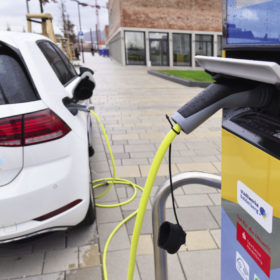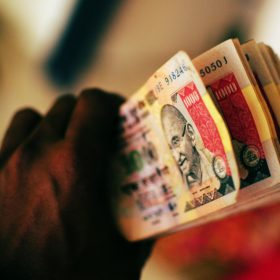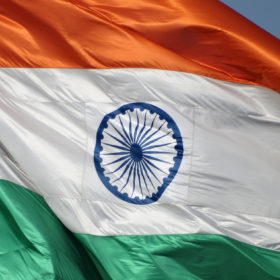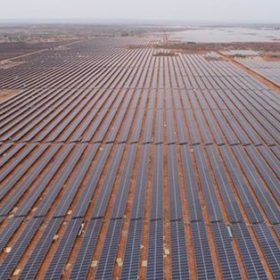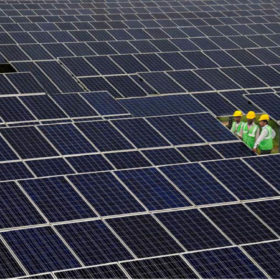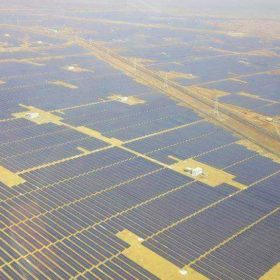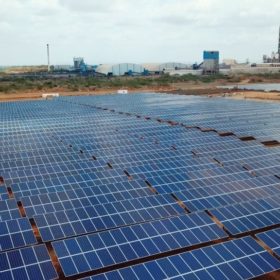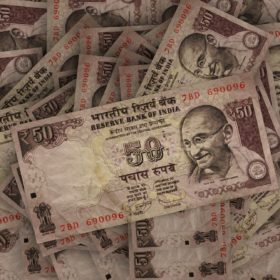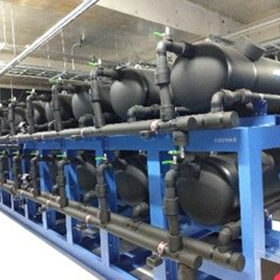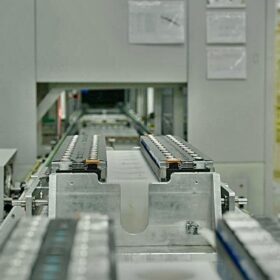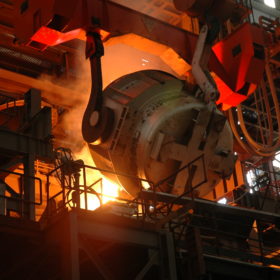White paper sums up e-transport policy progress across India
Range anxiety continues to be an obstacle to electric vehicle take-up but the nation’s willingness to embrace car-sharing and other workarounds offers plenty of promise to the sector, according a World Economic Forum report.
Andhra Pradesh regulator approves solar power tariffs
The latest blow in the political battle between clean energy project developers and an anti-renewables state government has seen the electricity regulator order power distribution companies to honor PPAs signed after a public tender.
ICRA downgrades 1.9 GW of wind, solar projects amid headwinds
Continuing delays in payments from utilities, regulatory uncertainty on tariff matters and tight financing have hit the industry hard.
“Solar curtailment in Andhra Pradesh, a willful violation,” NSEFI writes to power minister
Plant load factor for thermal power generators ramped up to 70-80% between July 2019 till date while solar power projects were arbitrarily backed down by more than 60-70% of their operational capacity during the same period.
India to fall well short of 175 GW renewables target
A report by Indian ratings agency CRISIL points to a rising rate of tender failures, an inconsistent policy approach from central and state governments and restrictive solar energy tariff caps and says India could have just 104 GW of renewables capacity by 2022.
Andhra Pradesh targeting clean energy, overlooking costlier, dirty coal: CFA
Revoking PPAs with renewable developers will undermine national climate and air pollution goals and lock in higher electricity costs for the state by jeopardizing new renewable projects.
Andhra Pradesh court scraps high-level PPA renegotiation committee
Legal decision is the latest blow to new chief minister Jaganmohan Reddy’s determined attempt to reverse the clean energy gains made by his predecessor N Chandrababu Naidu.
Fourth Partner commissions 10 MW solar for Bharathi Cement
The ground-mounted plant—located at the Kadapa cement manufacturing facility in Andhra Pradesh—was completed in a record two months for captive electricity consumption.
Minister advises developers to turn to court to secure clean energy monies owed by electric utilities
The financial failings of India’s electric companies have once again come to the fore as the power minister warned the seven worst offending states the lengthening debts they owe renewables developers could be recovered via the National Company Law Tribunal.
REIL tenders for installation of 270 EV charging stations
The chargers will be set up in six cities (Agra, Bengaluru, Goa, Hyderabad, Ranchi, Shimla) and along Delhi-Jaipur-Agra-Delhi and Mumbai-Pune-Mumbai highways.
